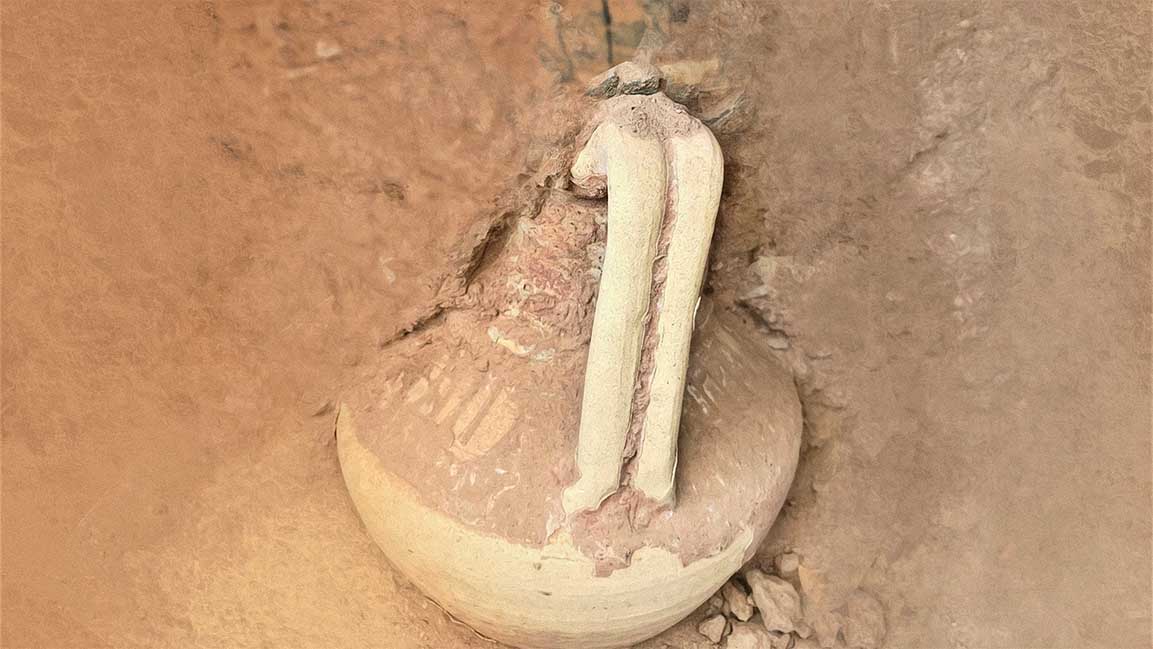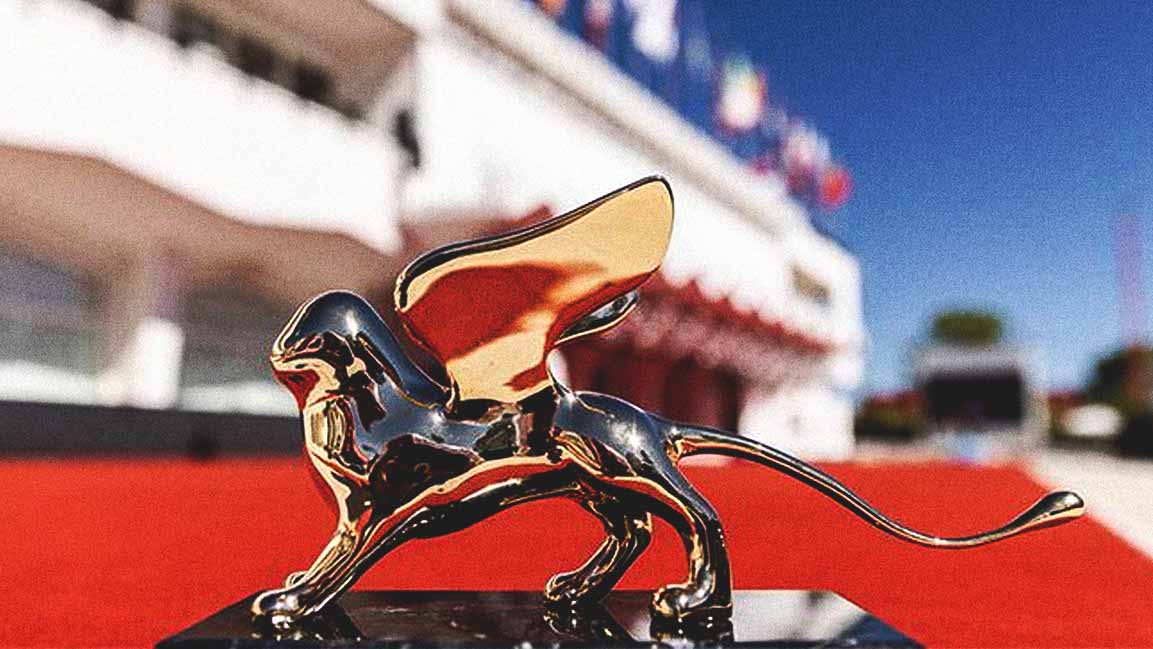- | 1:00 pm
Iron Age and pre-Islamic sites, weaponry unearthed in Al Ain
A cemetery, water canals, and artifacts like amphorae bronze bowls, and other glass and alabaster vessels were found by DCT Abu Dhabi’s archaeologists

Several new sites and artifacts from the Iron Age and the Pre-Islamic period – covering a period from approximately 1300 BCE to 600 CE – have been unearthed, according to the Department of Culture and Tourism (DCT), Abu Dhabi.
DCT Abu Dhabi’s archaeologists found well-preserved objects, including intact amphorae and other ceramics, bronze bowls, and glass and alabaster vessels during excavations of part of a Late Pre-Islamic (300 BCE-300 CE) cemetery in the old neighborhood (Shaabiya) of Kuwaitat in downtown Al Ain, east of Al Ain Museum.
Findings also unearthed many weapons in the graves, including arrows, spears, and swords, including one 70cm long sample.
Archaeologists think that the existence of a cemetery suggests the presence of a settlement in the same period. Deep underground — water channels (aflaj) provide further evidence of the creation of the nearby Al Ain Oasis in this period and the development of the historic landscape of Al Ain.
Digging into a stretch of an 11.5 kilometer long area, stretching from Al Ain, Khrais, and Qattara to Hili, more such treasures were discovered. An Iron Age cemetery containing a monumental stone tomb and at least 35 graves were found in the excavation, and an area along the border fence line revealed pre-Islamic tombs; one having a cache of iron weaponry was also discovered.
Archeologists also found 50 ancient aflaj of various dates and construction techniques, evidence of different phases of Iron Age agriculture, and the organization of irrigation systems and agricultural plots.
Mohamed Khalifa Al Mubarak, Chairman of DCT Abu Dhabi, said, “The exciting recent archaeological discoveries are the result of DCT Abu Dhabi’s ongoing efforts to uncover and protect the rich history of the emirate and the wider nation. We are making significant contributions to the knowledge of life in the region during periods about which little has been known – for example, proof that early settlers in this land implemented agricultural systems far earlier than previously thought.”
Artifacts in the excavation include ceramics from funerary and agricultural contexts, decorated soft stone vessels, jewelry, shells, metals, weapons, and other objects found in graves and tombs.
Archaeologists collected soil samples from the site, which will provide further information on using the ancient environment and the crops cultivated in the Iron Age.
The weaponry, like the recovered sword, indicates the adoption of new weaponry, which provides insight into the rise of horse-borne warfare in the region during the era.
“Through these undertakings, we continue to obtain a complete picture of Abu Dhabi’s past, bolstering our pride in the achievements of our ancestors and making valuable contributions to regional and worldwide scientific discourse,” he added.
































